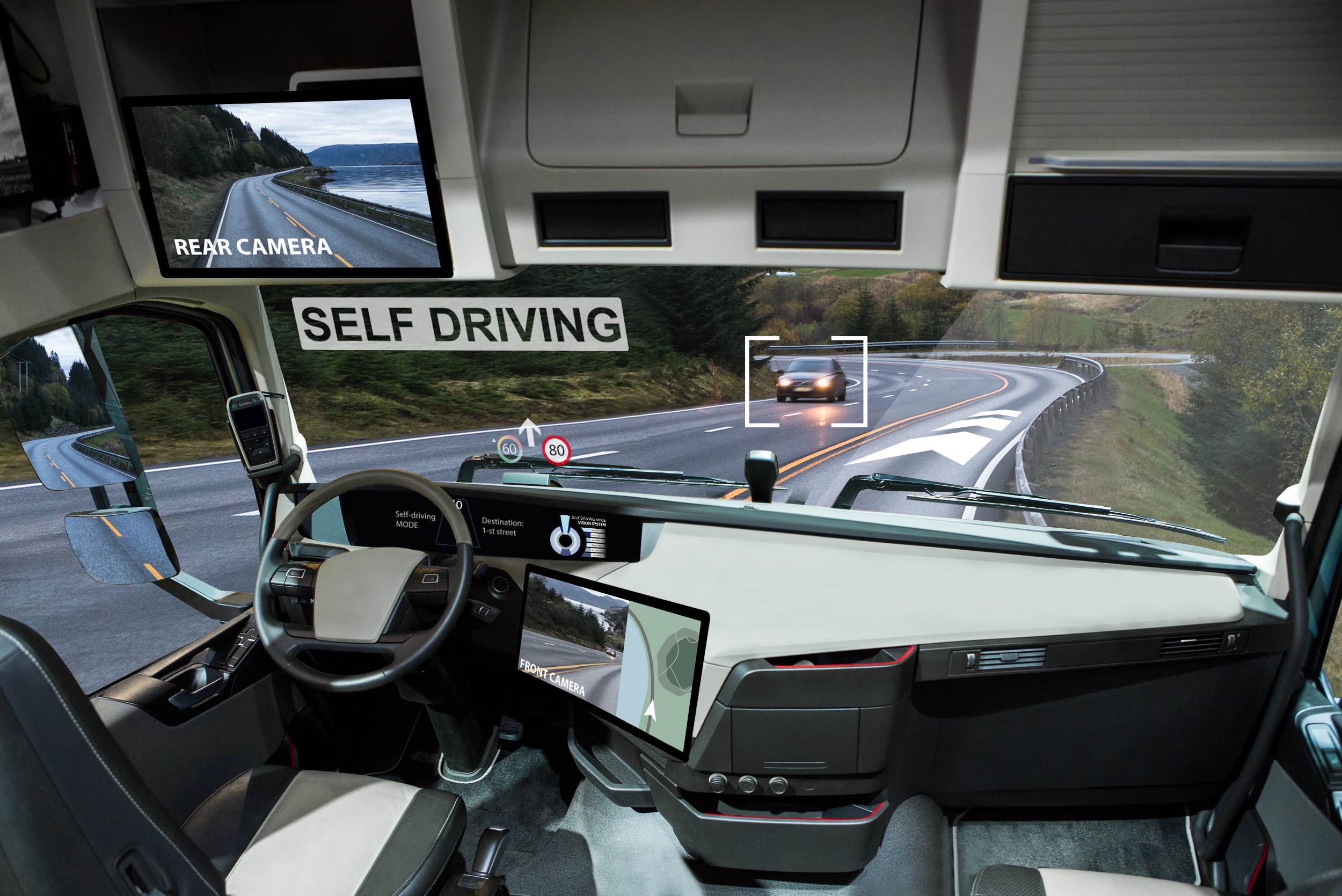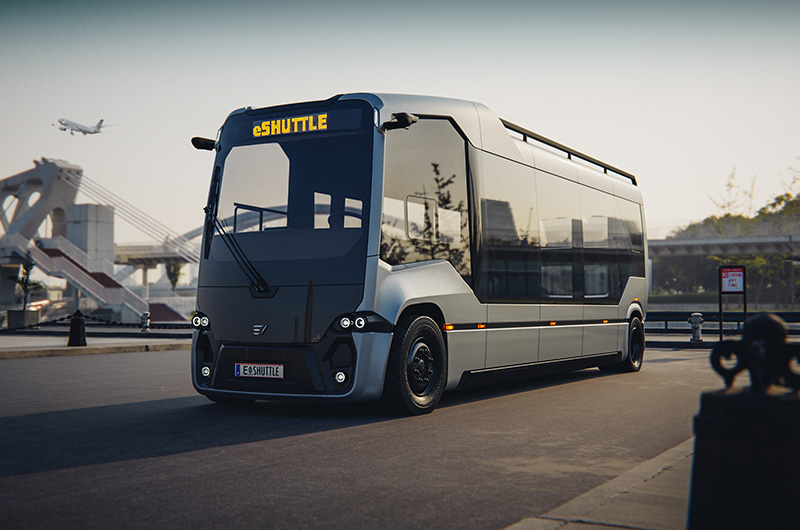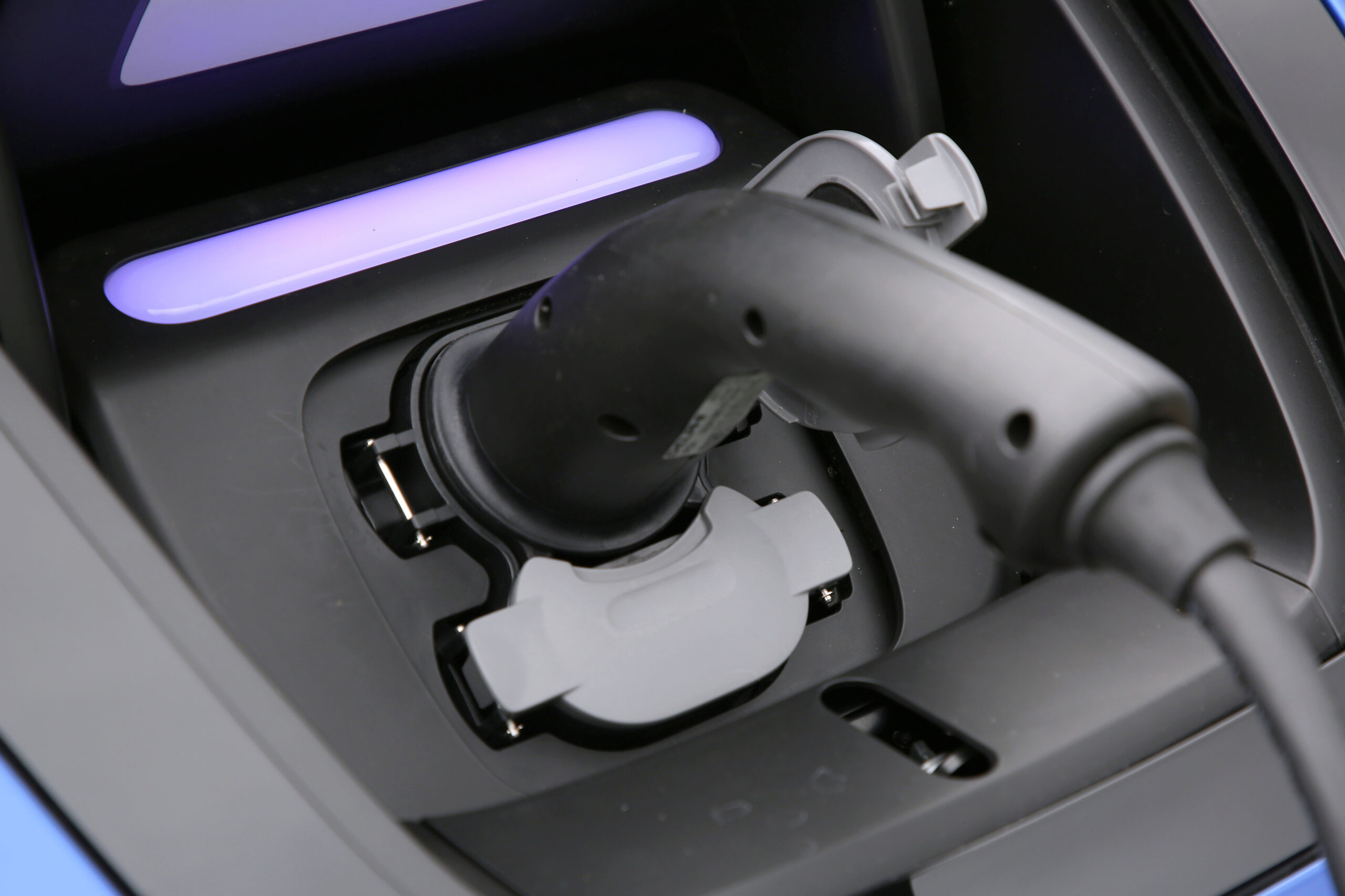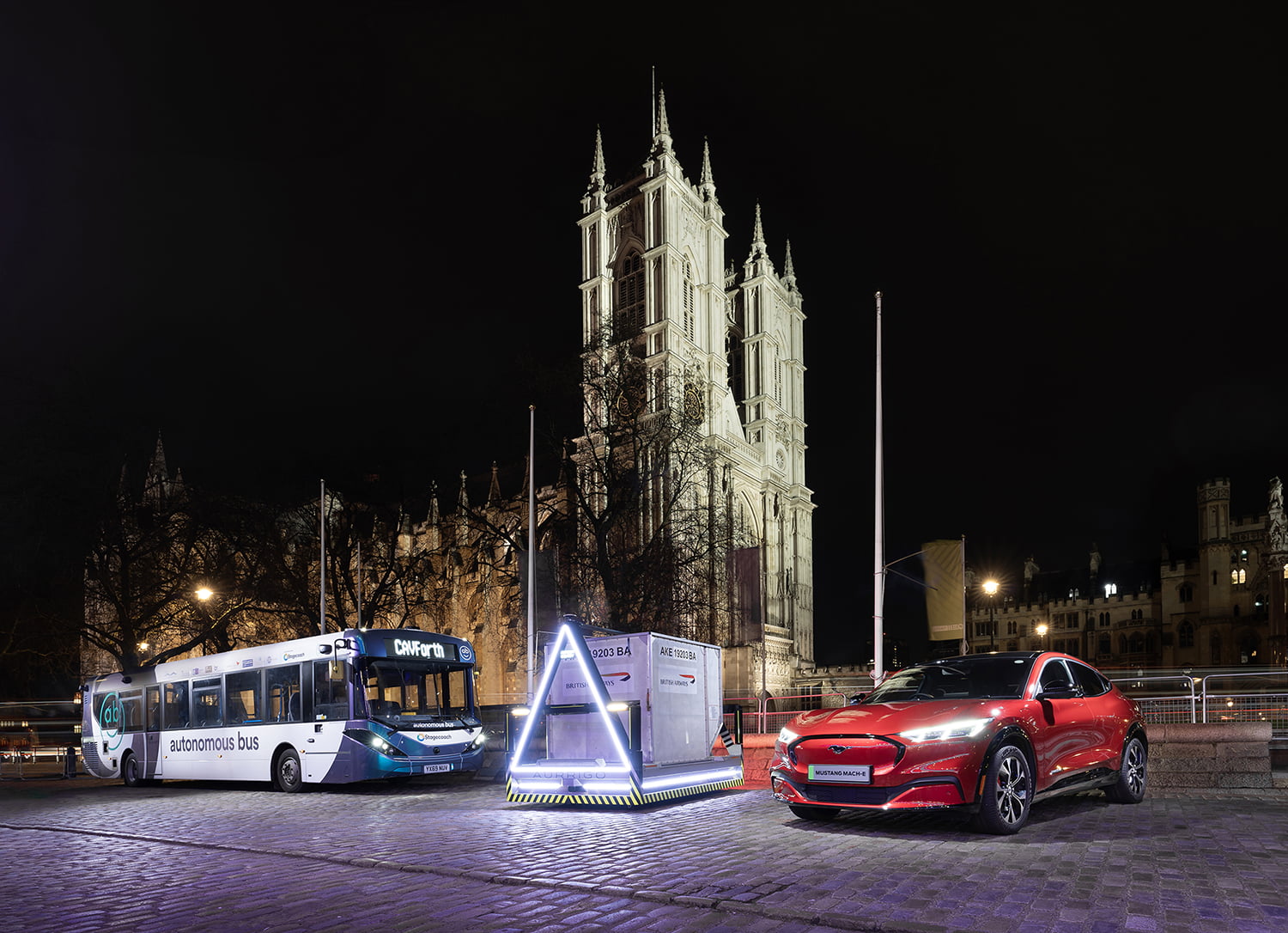
A road network populated by driverless vehicles transporting goods and passengers both on short and long distances offers significant potential with cost savings, increased safety and greater efficiency – an attractive proposition for the transport sector.
It is a future that moved a significant step closer this week with government launching the first in a series of consultations to implement the Automated Vehicles Act 2024. There was a major additional announcement for passenger transport, meanwhile, with Transport Secretary Heidi Alexander confirming that UK government will fast-track self-driving commercial pilot projects for taxi- and bus-like services on England’s roads to spring 2026.
The government’s plans to implement a regulatory framework that will enable organisations to pilot commercial self-driving services from next year will encourage technology developers and their partners to begin designing and implementing services that meet the needs of the British public, providing competitive advantages for British businesses.
Indeed, it means that next year, firms will be able to pilot small scale ‘taxi- and bus-like’ services without a safety driver for the first time – which could be available to members of the public to book via an app. Wider rollout potentially will come when the full Automated Vehicles Act becomes law from the second half of 2027.
Transport Secretary Heidi Alexander said: “Self-driving vehicles can improve transport for millions of people – providing greater choice and flexibility to get around more easily. They could add new public transport options in rural areas to boost connectivity for local communities, and improve mobility, accessibility and independence for those unable to drive.”

Photo: eVersum
According to SMMT, self-driving vehicles including cars, vans, trucks, buses and taxis have the potential to deliver significant benefits to British society and the economy, delivering annual economic benefits as high as £66 billion and an estimated additional 342,000 jobs by 2040.
The technology could also potentially save 3,900 lives and avert 60,000 serious collisions over the next 15 years, while offering a wider array of accessible mobility solutions to disabled and older people.
Mike Hawes, SMMT Chief Executive, said: “Britain’s self-driving vehicle revolution moves one step closer, with this week’s announcements putting the country on track to reap the road safety and socio-economic benefits this technology can deliver.
“Pilot rollout of commercial self-driving services from next year will widen public access to mobility, while the consultation will ensure the technology is deployed in a safe and responsible way. These latest measures will help Britain remain a world leader in the development and introduction of self-driving vehicles, a manifest application of AI at its finest.”
These transformational services, which are already available in some other countries, will widen the public’s access to mobility solutions. This positive move positions the UK as a hot bed for cutting-edge mobility technology, elevating our position on the world stage as a destination of choice for automotive and AI investment.
Self-driving trials have already been taking place in the UK – and as far back as January 2015, with British companies Wayve and Oxa spearheading significant breakthroughs in the technology.
More recent projects, however, have included Scotland’s automated bus pilot project CAVForth, which trialled a real-world passenger transport service at AV Level 4 – meaning they had a trained safety driver onboard, but the driver didn’t touch the controls while the vehicle was in autonomous mode.
The project involved a fleet of five fully automated full-sized buses operating a scheduled passenger service across the Forth Road Bridge, carrying up to 10,000 passengers per week. The 14-mile route runs from the Ferrytoll Park and Ride in Fife, across the Forth Road Bridge Public Transport Corridor, to Edinburgh Park.

The route took in a range of infrastructure, from pedestrianised bus and train stations, mixed single carriageway roads, 50mph motorway and dedicated bus lanes. The autonomous buses negotiate traffic light-controlled and normal roundabouts whilst integrating with live traffic.
Oxa and EV manufacturer Bradshaw EV, meanwhile, announced a partnership in May to deliver electric automated vehicles to businesses that need on-site transportation.
Bradshaw EV’s T800 8-tonne tow tractor and the Club Car Carryall 500 utility vehicle will both be used for off-highway light logistics applications, providing automated towing capabilities for moving goods and components efficiently around airports, large manufacturing sites, distribution centres, campuses and a wide range of other environments.
Automated shuttle buses are also taking to the road at locations such as the National Exhibition Centre in Birmingham and Harwell Science and Innovation Campus in Oxford, while Belfast Harbour is now testing its new ‘Harlander’ automated shuttle bus in the city’s Titanic Quarter.
When launched, the Harlander, which uses an electric vehicle provided by manufacturer eVersum, will be the first self-driving passenger service in Northern Ireland, carrying up to nine members of the public at one time, and with a safety operator on board.
The vehicle will initially only be on the roads for testing and to enable the route to be mapped by Harlander’s systems in a project expected to take three weeks, with the service opening to the public at the end of May. It will run on a 15 to 20-minute loop, connecting Titanic Halt railway station with Queen’s Island on a route with six bus stops.
So, it seems the trialling of self-driving vehicles is already a reality in the UK thanks to cutting-edge domestic innovation – and this week’s government announcement will only accelerate safe and successful commercial rollout on our roads. The transport sector and indeed the public must be ready for change, therefore, that could see automated vehicles become the norm rather than the exception.
Main picture: Courtesy of SNAP


